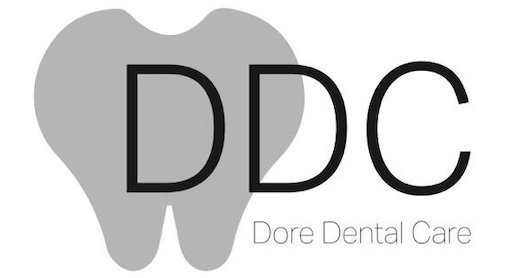
We Work With Exceptional Laboratories To Ensure The Best Quality Work
What Is a Dental Crown?
A dental crown is an artificial restoration used to cover all or most of the visible part of a tooth. Sometimes referred to as a ‘cap’ the crown aims to restore the shape and size of a tooth whilst also providing durability. Crowns can be made from metal, porcelain and ceramic materials.
The benefits of Crowns…
Protecting weakened teeth after root canal treatments or large restorationsTeeth that are broken down or fractured.Malformed teeth or irregular shaped teeth.Closing spacing between teeth.Teeth that are misaligned (crooked) as an alternative to orthodontics.Providing support for dentures or bridgework.The final restoration over a dental implant.Shortened teeth due to wear.
Types of Crown Available
Porcelain bonded to metal – These are the most common type of crown. A tooth-coloured porcelain outer layer is reinforced by a metal sublayer. The metal can be precious or non-precious. They provide a cost-effective balance of strength and aesthetics.
Zirconia – These are the option of choice for posterior teeth if strength is important, but a metal free crown is desired. Having similar properties to Emax crowns but also increased durability.
Emax – We recommend Emax Crowns for the most superior aesthetics and durability. Made from ceramic lithium disilicate, the metal free option offers the most lifelike natural appearance. They are primarily used on front teeth but can be considered for posterior teeth also. As there is no metal to show-through, grey lines at the gum-line will not be seen if recession occurs.
Full Gold Crown – Using precious gold alloys these are preferred for strength and durability, usually made for posterior teeth where biting forces are increased. They require very little tooth preparation.
Post-core Crown – Sometimes a post crown is needed. This is usually when a tooth has been root-filled and the core of the tooth needs reinforcing. This involve the use of a fibre posts being used on the tooth to reduce the risk of fractures or trauma. Fibers are used as they have similar flexural properties as teeth.
The Process
The treatment is carried out over 2 visits. On the first visit the outer surface of the tooth is prepared, making space for the crown to fit onto it. Once the tooth has been shaped, impressions are taken of both the tooth and the opposing jaw. From this, a detailed model is cast for the technician to prepare the crown. An appropriate shade is selected and a temporary crown fitted.On the second visit the temporary crown is removed and the final crown checked for fit and appearance before being cemented into place.As with your own teeth we advise that oral hygiene be maintained. Your dentist may also advise that a bite-guard is worn during the night to protect the crowns from grinding habits. Crowns can last over twenty years with good oral hygiene and regular dental visits.

An example of a case from our principle dentist with post-crown completion on the UR2 and a bridge placement on the UL2/UL3. Very natural appearance and one very happy patient!

